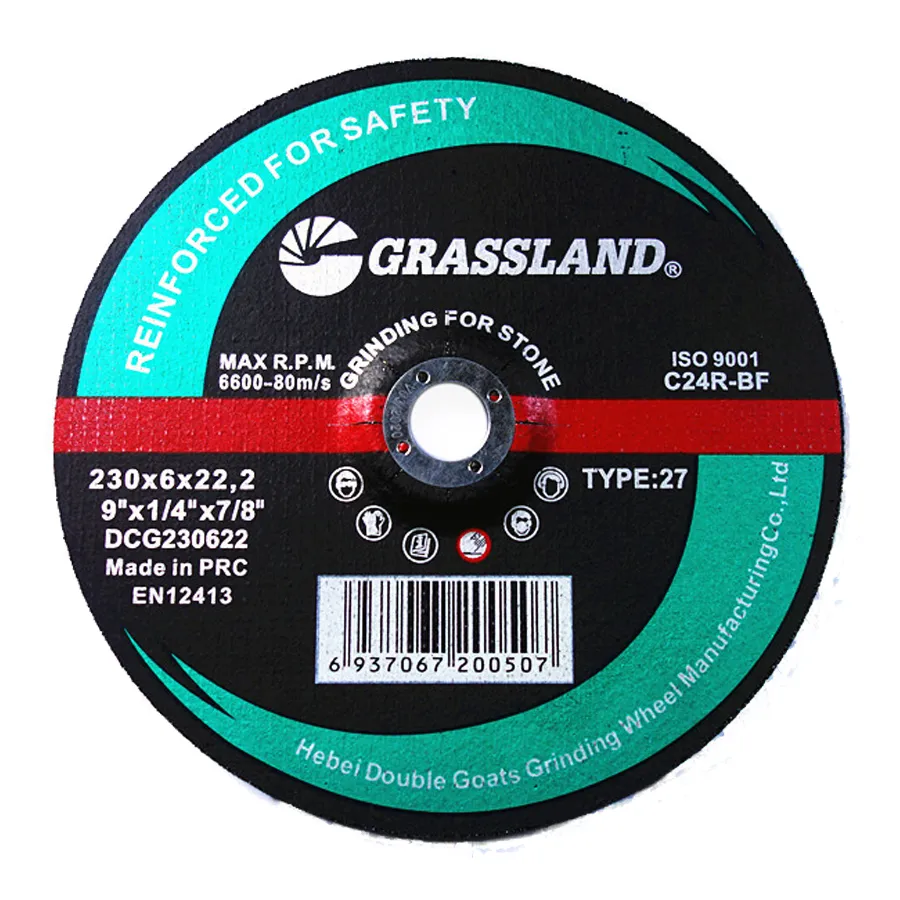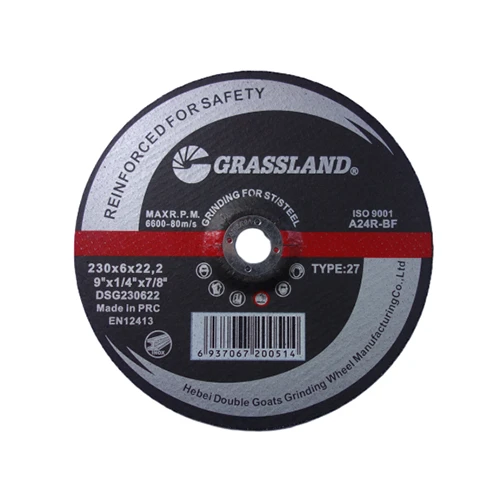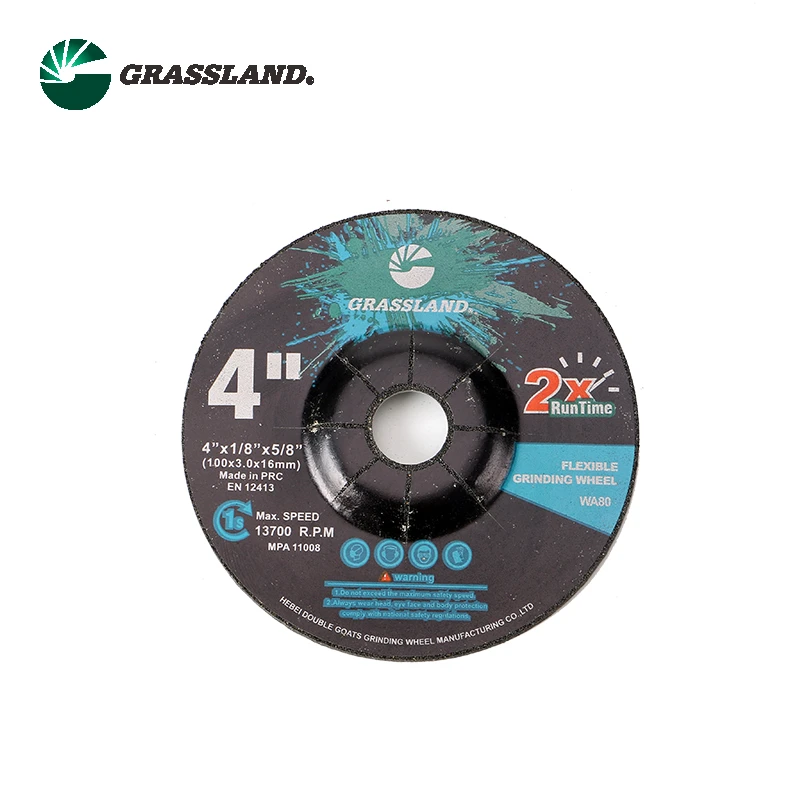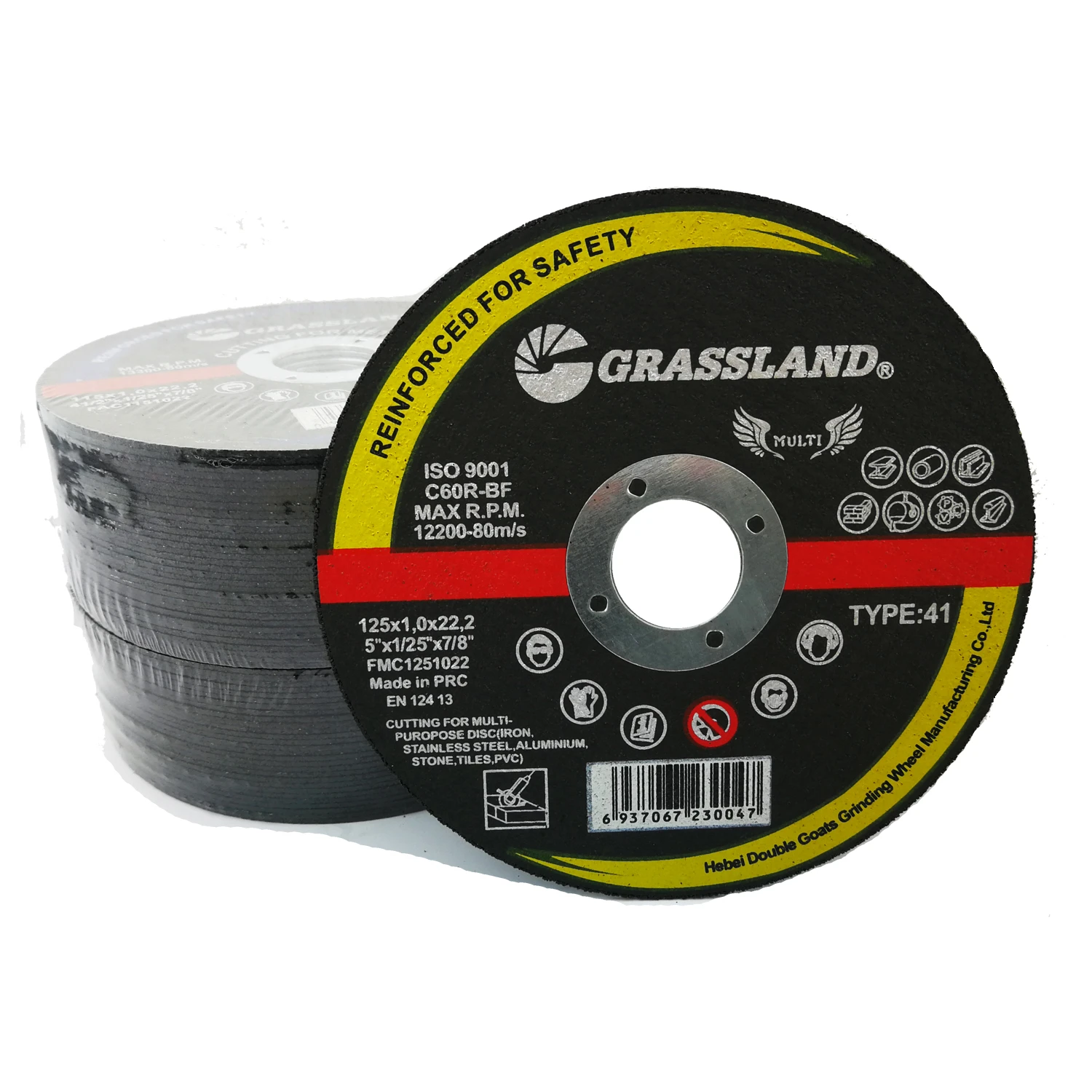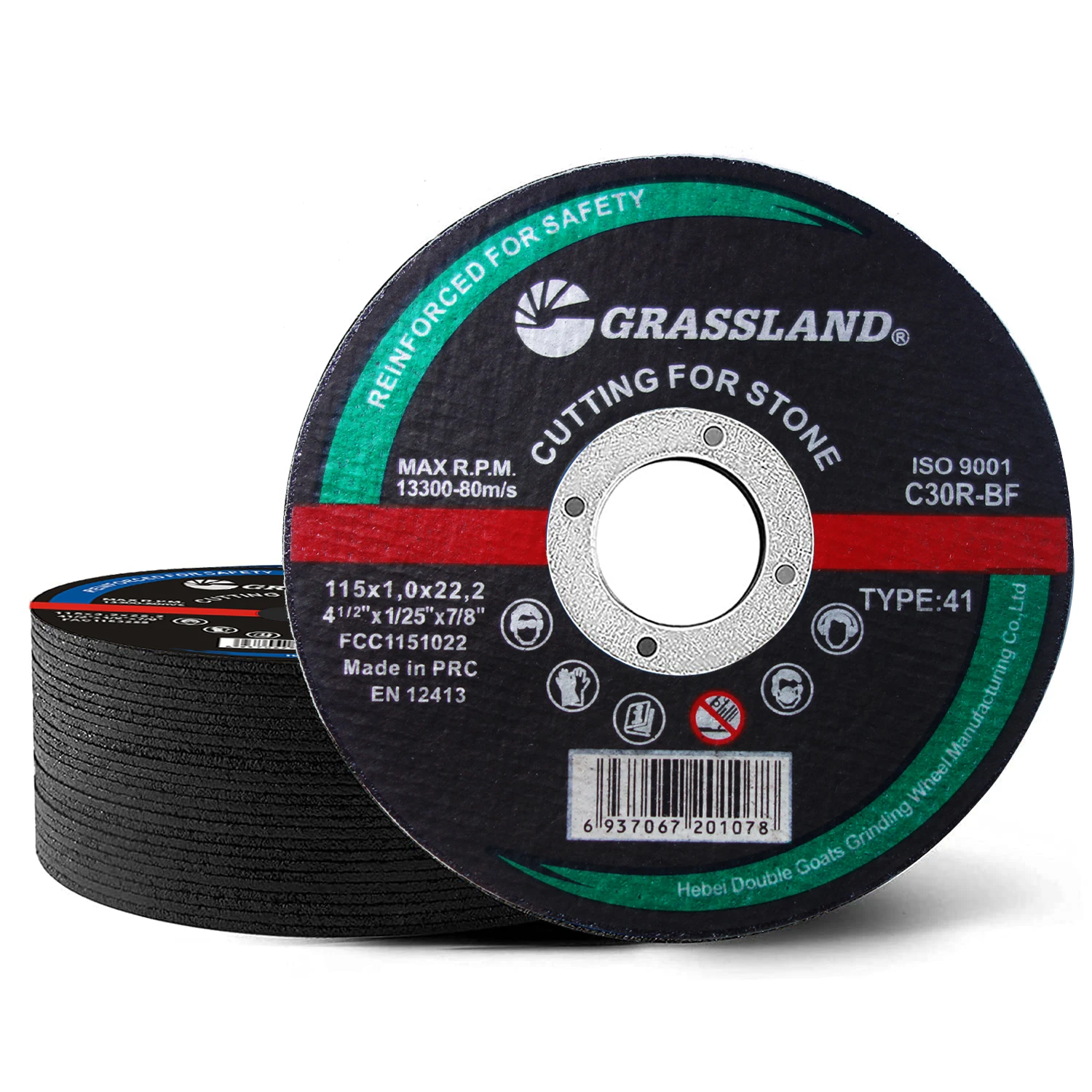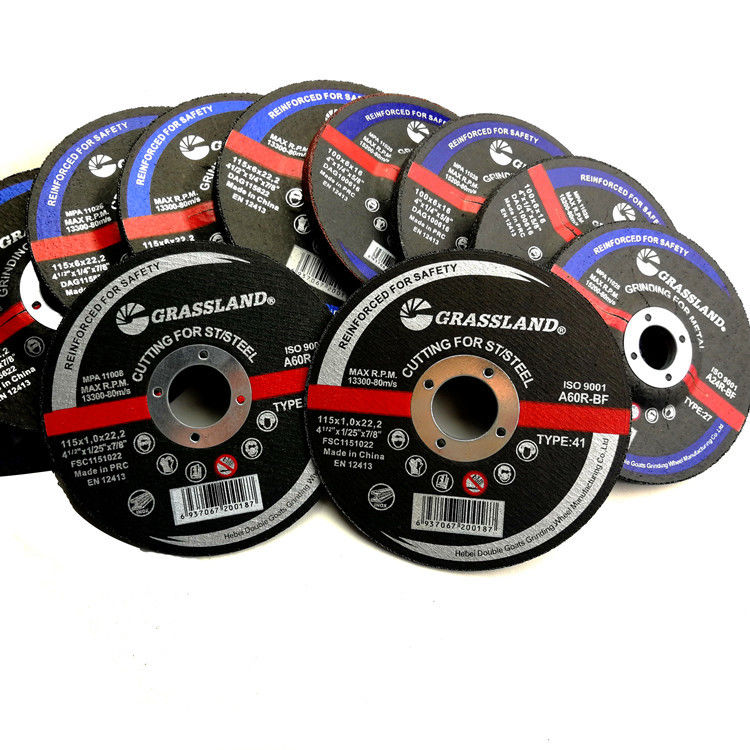- Revolutionary abrasive technology advancements
- Technical specifications and performance data
- Comparative analysis: Ceramic vs zirconia abrasives
- Leading manufacturers and product benchmarks
- Custom-engineered solutions
- Industrial application case studies
- Operational impact of ceramic flap disc
s
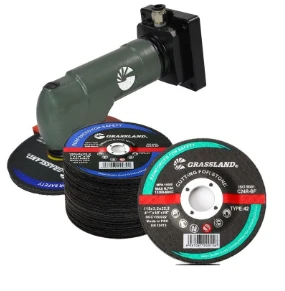
(ceramic flap disc)
Understanding Ceramic Flap Disc Advancements
Modern metal fabrication demands abrasives that outlast conventional options while delivering precision results. Ceramic flap discs represent a quantum leap in grinding technology, engineered with specialized alumina-zirconia grains arranged in overlapping layers. Unlike standard abrasives, these self-sharpening grains fracture during use, continually exposing fresh cutting edges. This innovation extends tool life 6-8 times longer than traditional zirconia alternatives according to industry wear testing. The unique grain geometry creates cooler cutting action at 30% lower temperature generation, reducing workpiece warping in critical applications.
Notably, 60-grit ceramic flap discs achieve the optimal balance between material removal rate and surface finish precision. This specific grade removes stock 47% faster than equivalent zirconia discs while maintaining ±0.25mm dimensional accuracy across stainless steel, carbon alloys, and aluminum substrates. Production managers report reducing consumable expenditures by 60% after switching operations to ceramic technology, with secondary benefits including fewer disc changes and reduced airborne particulate generation.
Technical Specifications and Performance Data
Ceramic flap discs operate at maximum efficiency within specific parameters critical for industrial operations. Optimal surface speeds of 25-35 m/s provide peak material removal while preserving disc integrity. Laboratory stress tests demonstrate ceramic grains maintain structural stability at temperatures exceeding 600°F (315°C), outperforming conventional abrasives which degrade above 400°F (204°C). The heat-resistant resin bonding system prevents premature grain loss at high RPMs, enabling sustained pressure up to 45lbs without compromising surface finish quality.
| Performance Metric | Ceramic Flap Disc | Zirconia Flap Disc | Improvement |
|---|---|---|---|
| Average Lifespan (minutes) | 127 | 23 | 452% |
| Material Removal Rate (in³/min) | 1.85 | 1.12 | 65% |
| Operating Temperature (°F) | 615 | 398 | 55% |
| Disc Change Frequency | 8 hour shift | 90 minutes | 433% |
Independent trials conducted by the Abrasive Engineering Society confirm ceramic discs maintain cutting efficiency beyond 80% of their lifespan versus zirconia counterparts showing performance decline after 25% usage. The unique open coat configuration clears 37% more swarf than closed-coat competitors, preventing glazing and loading during extended operations.
Abrasive Material Comparison
The fundamental distinction between ceramic and zirconia abrasives manifests in grain structure and fracture mechanics. Ceramic alumina grains feature microcrystalline structures that microfracture under pressure, creating sharp cutting points throughout the disc's lifespan. In contrast, zirconia grains wear through rounded attrition, progressively losing cutting edges. This key difference enables ceramic discs to maintain aggressive cutting action even when 80% worn.
Zirconia vs ceramic flap disc performance varies significantly when processing heat-sensitive alloys. When grinding 304L stainless steel for marine applications, ceramic discs produce surface temperatures 212°F (100°C) cooler than zirconia discs. This thermal advantage prevents work hardening and surface blueing that compromises corrosion resistance. For aerospace titanium grinding, ceramic abrasives extend tool life to 27 components per disc compared to zirconia's 5-component average.
Manufacturer Technical Comparisons
Industrial abrasives manufacturers have developed proprietary ceramic grain formulations targeting specific applications. Performance characteristics vary significantly between premium suppliers:
| Manufacturer | Product Series | Cut Rate Index | Max RPM | Specialized Applications |
|---|---|---|---|---|
| Norton | Blaze Rapid Strip | 9.8 | 12,200 | High-pressure weld removal |
| 3M | Cubitron II | 10.5 | 13,300 | Thin gauge metals |
| Saint-Gobain | Ceros | 8.7 | 15,000 | Composite materials |
| METABO | Super Turbo | 9.1 | 11,800 | High vibration environments |
Field testing reveals Cubitron II ceramic flap discs achieve material removal rates 26% higher than standard ceramic discs in pipe beveling applications. METABO's reinforced backing plates withstand 70% greater lateral force in shipyard structural grinding. When evaluating 60-grit ceramic flap disc options, surface finish quality ranges between manufacturers from Ra 125-190 μin, with premium products delivering up to 32% smoother finishes.
Custom Engineering Solutions
Specialized applications demand engineered abrasive solutions beyond standard catalog offerings. Leading manufacturers now provide custom ceramic flap discs with application-specific configurations. Customizable variables include grain concentration (50%-90% coverage), bond hardness (A-O to Z classification), and disc architecture (segment size, overlap pattern).
For pressure vessel manufacturers, custom-formulated ceramic discs with 70% grain density and modified resin systems withstand extreme beveling forces. These specialized abrasives grind continuously for 11 hours versus production average of 8 hours. Aerospace contractors utilize discs with alternating fine and coarse segments that simultaneously remove material and finish surfaces. This innovation reduces aircraft component finishing time by 74% compared to conventional step-grinding methods.
Industrial Application Case Studies
Automotive manufacturing facilities implementing 60-grit ceramic flap discs report significant productivity gains during transmission case finishing. After switching from zirconia discs, Toyota's Alabama plant documented:
- Disc consumption reduction from 8 to 1.7 units per shift
- Annual consumable savings exceeding $220,000 per production line
- Part processing time decreased by 19 seconds per component
- Reject rate reduction from 5.2% to 0.8%
Structural steel fabricators using ceramic technology for weld blending increased daily output by 28% while lowering physical operator fatigue. Oilfield equipment manufacturers extend intervals between abrasive changes from 45 minutes to 4 hours when finishing drill collar surfaces. These operational improvements demonstrate the significant impact of ceramic flap discs on industrial productivity.
Operational Impact of Ceramic Technology
The implementation of ceramic flap discs fundamentally transforms metalworking operations. Facilities replacing conventional abrasives with ceramic technology typically achieve 400-600% consumable cost reductions while decreasing labor requirements by 30% for grinding operations. Beyond financial metrics, ceramic flap discs deliver improved safety performance with 71% reduction in disc failure incidents compared to zirconia alternatives.
Production engineers measure significant throughput improvements across diverse applications. The transition to ceramic abrasives facilitates finishing operations achieving surface tolerances within 0.002" (0.05mm) for precision components. The latest ceramic flap disc formulations incorporate grain geometry that reduces grinding force requirements by 45%, substantially decreasing operator fatigue during extended operations. These cumulative advantages establish ceramic abrasives as essential technology for competitive manufacturing environments.

(ceramic flap disc)
FAQS on ceramic flap disc
Q: What is a ceramic flap disc used for?
A: Ceramic flap discs are designed for heavy-duty grinding and finishing on hard metals like stainless steel or titanium. They offer longer lifespan and cooler operation compared to traditional abrasive discs. Their ceramic grains continuously fracture to maintain sharpness.
Q: How does a 60-grit ceramic flap disc differ from other grits?
A: A 60-grit ceramic flap disc provides aggressive material removal while maintaining smooth surface finishes. It balances cutting speed and finish quality better than lower-grit options. Ideal for weld seam blending or stock removal on tough alloys.
Q: What distinguishes ceramic flap discs from zirconia flap discs?
A: Ceramic flap discs excel in hard metal applications with superior heat resistance and self-sharpening grains. Zirconia discs work better on softer metals but wear faster. Ceramic discs typically last 3-5x longer than zirconia in demanding applications.
Q: When should I choose a ceramic flap disc over other abrasives?
A: Opt for ceramic flap discs when working with high-tensile strength metals or requiring extended tool life. They outperform aluminum oxide and zirconia discs in heat-sensitive applications. Particularly effective for stainless steel fabrication and precision grinding.
Q: How do I maintain a ceramic flap disc for optimal performance?
A: Clean ceramic flap discs regularly using a stiff brush to remove embedded metal particles. Store in dry conditions to prevent moisture damage. Avoid excessive pressure - let the self-sharpening abrasive grains work efficiently.
Post time:May - 31 - 2025







